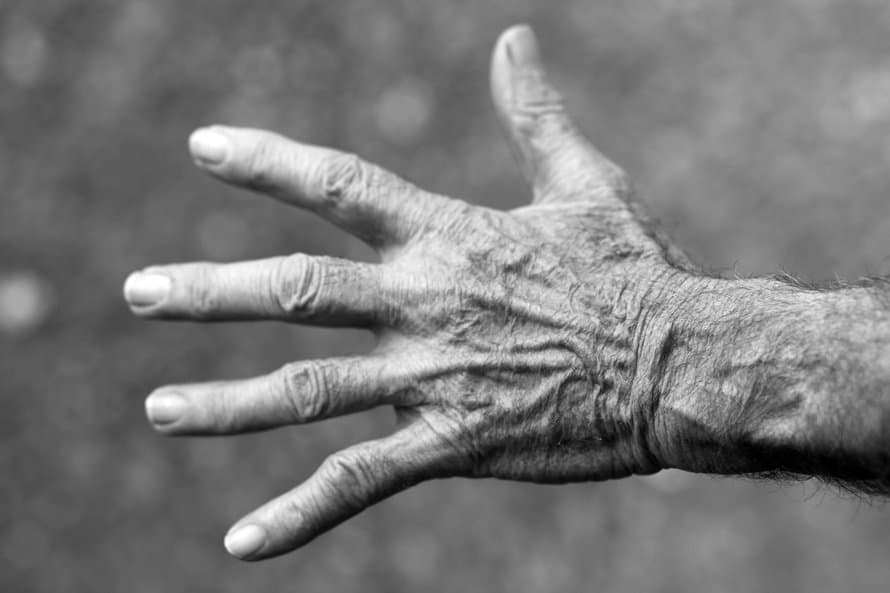Next Evolution of Minimally Invasive Dupuytren’s Contracture Treatment
 Hand surgeons across the United States can see several patients per month with the disorder known as Dupuytren’s contracture – a progressive, abnormal thickening of the tissue of the palm of the hand that actually can pull the finger permanently toward the palm.
Hand surgeons across the United States can see several patients per month with the disorder known as Dupuytren’s contracture – a progressive, abnormal thickening of the tissue of the palm of the hand that actually can pull the finger permanently toward the palm.
Until recently, patients had to undergo an invasive surgery to correct the abnormality. Surgeons would have had to operate near nerves in the hand to provide relief. The next evolution of treatment came in the form of Needle Aponeurotomy, a less invasive procedure to provide relief.
A different technique that doesn’t require any cutting is now available to treat Dupuytren’s contracture. It is available from the hand specialists at Orlando Orthopaedic Center.
The breakthrough method to treat Dupuytren’s contracture involves the use of the only FDA-approved, nonsurgical treatment for adults with the disorder known as Xiaflex. The process involves an enzyme injection and minimal patient discomfort.
“Today we can inject the enzyme at one visit, and gently straighten out the finger at a second visit. We no longer have to subject patients to an anesthetic and a potentially complicated surgical procedure,” says Lawrence S. Halperin, MD, a board certified surgeon specializing in hand and upper extremity surgery at Orlando Orthopaedic Center.
Currently, Dr. Halperin and Dr. Alan Christensen, of the Hand Center at Orlando Orthopaedic Center, are two of the fellowship-trained specialists in the field offering the new technique to provide relief for patients in the region.
“The whole procedure is far easier to perform, and the risk of damage to the nerves is minimal when compared to the open surgical procedure. Patients can return to everyday life quicker,” says Dr. Halperin.
Dupuytren’s Disease is a genetic condition that can lie dormant for a generation. It is more common in males of Northern European ancestry, but it can be seen in anyone. It is very uncommon before middle age. Dupuytren’s results in the formation of a rope-like cord in the palm and finger that can prevent the finger from straightening. The normal palm has wisps of fascia that run in different directions (think of fascia as the white membrane between two sections of a steak).

Lawrence S. Halperin, M.D.
In people affected by Dupuytren’s that fascia thickens and shortens, thus pulling the skin taught. The thickened tissue forms cords and nodules that can be felt while the fingers become progressively bent. If left untreated, it can progress to the point of the fingertip touching the palm. Treatment should be initiated long before that point is reached. Research has shown that the cells and chemistry in Dupuytren’s fascia are different than that in the normal fascia.
The nodules mentioned above are where Xiaflex is injected. Xiaflex is an enzyme that dissolves some of the collagen weakening the cords. The doctors at Orlando Orthopaedic Center can then stretch the weakened cord a day later and essentially break the tissue thus improving the finger motion. In development for more than 20 years, the method was FDA-approved little more than a year ago. “The most common side effect is a bruise and a little discomfort from the injection,” says Dr. Halperin. “It’s an outpatient procedure and patients can be back with their families in just a few hours.”
Dr. Halperin, Dr. Christensen and the Hand Center at Orlando Orthopaedic Center treat many other hand issues such as Carpal Tunnel Syndrome, tendonitis, arthritis, cysts, tumors, trigger finger, numbness, sprains, strains, fractures, lacerations and arm pain, as well as other types of contractures.
Since 1972 the staff at Orlando Orthopaedic Center has been utilizing the latest, state-of-the-art procedures available to help patients resolve their orthopaedic issues and return to their normal daily routines. The new method to treat Dupuytren’s contracture is just another example of how the Center is leading the way in technology and patient care.
“It’s big change from the old method, and it’s well worth it,” says Dr. Halperin.
Originally published in the February issue of Orlando Medical News.


